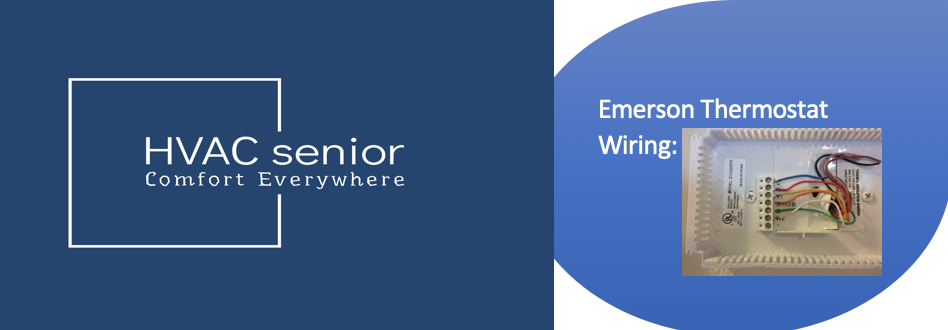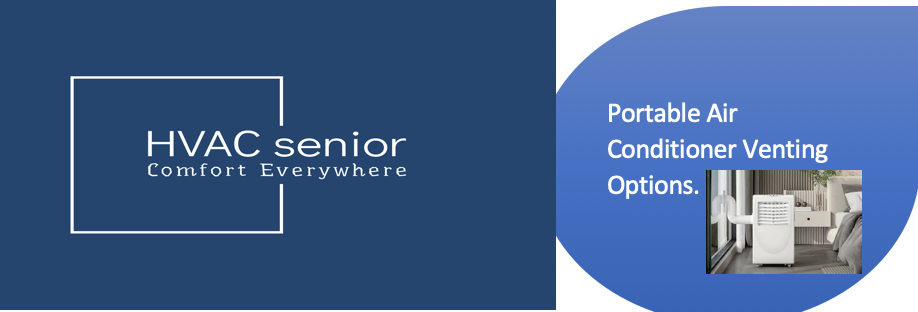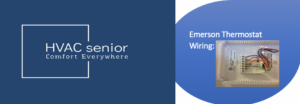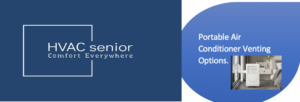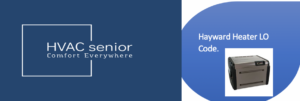Camping should be a refuge from the harried world and an excursion into the natural world. But when sweltering summer sunshine turns your campsite into a furnace, comfort is the last thing on your mind. A camping tent air conditioner can turn the script around and make your temporary abode cool and cozy — even during hot weather.
This manual includes all you need to know: why tent air conditioners exist, how to choose one that suits you, how to properly install it, and how to keep it running smoothly.
Why You Need a Tent Air Conditioner
1. Unmatched Comfort
Tents have a tendency to hold heat, especially during the day. A small but efficient air conditioner keeps the interior cool, dry, and breezy — the difference between sweating the night away and sleeping actually sleeping well.
2. Better Sleep for Better Adventures
Lower temperatures guarantee control of your body’s natural sleep pattern. Proper air conditioning has you rising refreshed, prepared to hike, fish, or explore — not drained from a hot, sleepless evening.
3. Longer Camping Season
An air-conditioned tent enables you to camp throughout the year even with hot weather. Desert, savanna, or beach camping is no longer an issue when temperature is no longer a factor.
4. Protects Your Gear
Electronics, sleeping bags, and camping gear are damaged faster by heat and humidity. A tent AC protects you and your gear from temperature fluctuations and moisture buildup.
Selecting the Perfect Camping Tent Air Conditioner
Not all air conditioners will be equally effective in tents. Lightly insulated and powered by portable power, you have to balance cooling performance, efficiency, and weight.
1. Cooling Capacity (BTU)
Air conditioners are rated in BTUs (British Thermal Units) — the more, the more powerful the cooling. Take this as a rough guide:
| Tent Size | Approximate Area | Recommended BTU |
| 2-Person Tent | 30–40 sq ft | 2,000–3,000 BTU |
| 4–6 Person Tent | 80–120 sq ft | 4,000–6,000 BTU |
| 8–10 Person Tent | 140–200 sq ft | 7,000–9,000 BTU |
One that is too small will not hold the heat, and one that is too large will consume more power and short-cycle.
2. Power Source and Consumption
ACs for camping tend to run either 110–120 V AC or 12 V DC, depending on the unit. There can be supplied by portable generators, campsite connections, or solar power systems — just make sure to use a setup compatible with the unit’s wattage.
Standard compact ACs draw 300–700 W, but surge when starting can be up to twice that amount. Test the capacity of your power source beforehand before connecting.
3. Venting and Exhaust Mounting
Tents are not airtight, so venting is necessary. If your AC has a hot air outlet via a hose, vent it outside and seal around the hose opening so that hot air does not enter.
Good ventilation also reduces condensation inside your tent and prevents stale air buildup.
4. Portability and Weight
Camping gear should be light and compact. Choose a tent AC that’s easy to carry and quick to set up. Many modern portable units weigh under 15 kg (33 lb) and can be lifted by one person.
Noise level also matters — anything above 55 dB may disturb your sleep, so check for low-noise models.
5. Climate Suitability
For dry heat, an evaporative cooler (otherwise known as a swamp cooler) is efficient and utilizes little power.
For a humid climate, a dehumidify function-based refrigerant air conditioner is more efficient. Evaporative coolers are less efficient in high humidity.
Also read: camping air conditioner
How to Install a Tent Air Conditioner for Maximum Cooling
Step 1: Select the Appropriate Campsite
Set up your tent in a shaded area whenever possible — under trees or with a tarp canopy. Reducing direct sunlight lowers heat buildup and makes your AC more efficient.
Step 2: Prepare the Tent
Lay a reflective groundsheet to block heat from rising through the floor. If possible, hang a reflective tarp above your tent to create an insulating air gap.
Leave some of the vents open for ventilation, especially if the AC is going all night.
Step 3: Place the Air Conditioner
Put it near the entrance of the tent or through a pre-existing AC outlet (most large tents have one).
Make sure:
- Intake isn’t blocked by bags or walls.
- The exhaust hose sends hot air completely outside.
- The air outlet faces the main sleeping or sitting area.
If at all feasible, elevate the unit on a small pedestal for better airflow.
Step 4: Power Safely Handle
For campsite power use, use a heavy-duty outdoor-rated extension cord.
For generator or solar power use, check:
- Constant wattage is equal to the AC requirement.
- You have enough battery storage or fuel available for use for overnight running.
- Switch off other high-draw equipment to prevent overload.
Step 5: Improve Air Circulation
Even with a decent AC, chilled air will still stagnate. Supplement with a small portable fan to circulate the air. Open one small tent flap or vent to allow a steady supply of fresh air.
Step 6: Refine Temperature Settings
Put your air conditioner on a moderate setting (22–24 °C or 72–75 °F). Lower is just a waste of energy.
Use Sleep Mode or Eco Mode if available, which cycles the compressor for efficiency and quiet operation.
Mistakes to Avoid
- Picking a unit that is too small: Runs non-stop and never cools effectively.
- Ignoring ventilation: Without exhaust, hot air returned in enters the tent.
- Packing in sun: Tent accumulates too much heat, increasing load.
- Using evaporative coolers in humid weather: They make air damp instead of cooler.
- Overloading your power source: Verify wattage ratings before connecting.
- Blocking air vents: Keep intake and exhaust routes open at all times.
Handling Various Climates
In Humid Areas
Choose compressor-based models that include a dehumidifier. They cool, but also strip away excess moisture to avoid wet sleeping bags and mold.
In Dry Areas
Evaporative coolers are the way to go — light, quiet, energy-conserving. They employ water evaporation to reduce air temperature and enhance comfort.
In Mixed Conditions
Hybrid systems or dual-mode systems offer switching between refrigerant and evaporative cooling for adapting to varying weather.
Realistic Expectations
No tent air conditioner, regardless of quality, will turn a fabric shelter into a fully insulated cabin. It will, however:
- Lower inside temperature by 8–15 °C depending on installation.
- Provide stable humidity levels.
- Provide a good night’s sleep even in hot conditions.
Expect consistent comfort after all, not cold air — and remember that good installation (shading, sealing, and ventilation) is paramount.
Tips for Maintenance
- Change filters regularly: Dust and dirt impede airflow and efficiency.
- Check vents and hoses: Make sure exhaust outlets are free.
- Drain condensate tanks: Some models hold water that must be drained.
- Store safely: After your adventure, dry the AC before storing to prevent mold.
- Check power cords: Avoid frayed or broken connections before next use.
Shopping Checklist
Before shopping, ensure the following:
✅ Tent size and BTU rating are compatible
✅ Suitable power supply (generator, solar, or grid)
✅ Light weight and compact model
✅ Low decibel level
✅ Venting options fit your tent’s openings
✅ Works well for your typical climate
✅ Has warranty and easy parts availability
Also read: camper air conditioner
Frequently Asked Questions
Q1. Is an ordinary home window AC safe to use within a tent?
You can, but not if your tent will hold the weight and adequate venting. Tent or portable air conditioners are safer and more efficient.
Q2. Can a tent air conditioner be run on solar power?
Yes, if your solar generator has adequate continuous and surge wattage. Check the specs before you connect.
Q3. What is the most comfortable temperature in a tent?
An appropriate sleeping temperature is 22–24 °C (72–75 °F). Lower temperatures consume extra power with minimal added comfort.
Q4. Do I cover my tent with a tarp?
Yes. A reflective tarp reduces heat gain by up to 30%, making the AC’s work easier and keeping the tent cooler overall.
Q5. How do I maximize a tent air conditioner?
Leave the tent in the shade, minimize air leakages, filtering of cleaning, and use a small electric fan to spread the air evenly within the tent.
Final Thoughts
A camping tent air conditioner is not just an extra luxury – it’s an intelligent investment in your comfort and health on outdoor adventures. With the right unit and correct installation, you can camp anywhere and at any time without battling burning heat.
Pair it with smart strategies like shading, ventilation, and power management, and you’ll enjoy a cool, restful environment no matter where your travels take you.
Stay cool, sleep well, and make every camping trip unforgettable.



